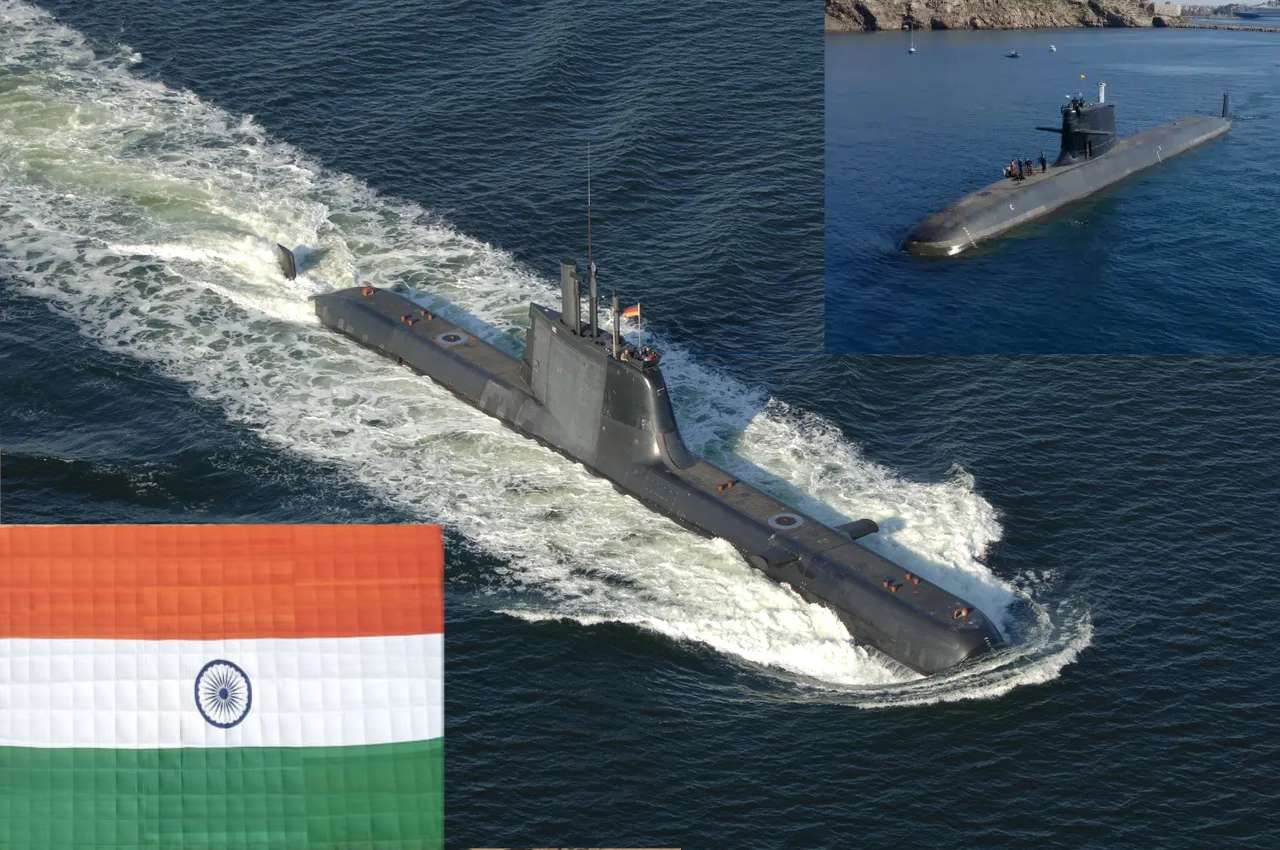India's strategic location, flanked by the vast expanse of the Indian Ocean, necessitates a robust naval presence. Recognizing this, the Indian government embarked on the Project 75 India (P75I) submarine acquisition program.
Follow Navy Recognition on Google News at this link
 German Type 214 and Spanish S-80 Plus class submarines.(Picture source: HDW and Navantia)
German Type 214 and Spanish S-80 Plus class submarines.(Picture source: HDW and Navantia)
This initiative aims to modernize the nation's naval fleet by procuring advanced submarines. This article delves into the P75I, focusing on the propositions of the two remaining contenders: Germany and Spain.
The project's primary objective is to acquire six cutting-edge submarines, equipped with modern technology like Air Independent Propulsion (AIP) systems, enhancing their underwater endurance.
As the acquisition process has evolved, many contenders have entered and exited the fray. As of mid-2023, Germany and Spain remain in contention. Here's a closer look at their propositions:
Displacement and Size:
The S-80 Plus, with a surfaced displacement of approximately 2,200 tons, is heftier than the Type 214, which displaces around 1,700 tons when surfaced.
This additional weight translates to a larger size for the S-80 Plus, stretching to about 80.8 meters in length, compared to the Type 214's 65 meters. This could mean more internal space for systems and crew in the S-80 Plus, but also a potentially larger acoustic signature.
Propulsion: At the heart of any submarine lies its propulsion system. The Type 214 employs a diesel-electric system powered by two MTU 16V 396 diesel engines.
Its ace in the hole is the Air Independent Propulsion (AIP) system based on Siemens PEM hydrogen fuel cells, allowing extended submerged operations.
The S-80 Plus, on the other hand, uses three MTU Series 4000 diesel engines and an innovative AIP system based on bioethanol processors. While both AIP systems offer extended submerged endurance, their efficiency and reliability in real-world conditions could be a deciding factor.
Speed and Range:
In the realm of underwater warfare, speed and range are crucial. The Type 214 slightly edges out with a submerged speed of 20 knots and a surfaced range of 12,000 nautical miles at 8 knots. The S-80 Plus isn't far behind, clocking 19 knots submerged and covering 8,000 nautical miles at 8 knots when surfaced.
Armament:
When it comes to firepower, the Type 214 comes equipped with eight 533 mm torpedo tubes, capable of launching torpedoes, anti-ship missiles, and mines. The S-80 Plus, while having six 533 mm torpedo tubes, offers similar versatility in its weapons payload.
Stealth Capabilities:
Stealth is a submarine's greatest asset. Both submarines are designed with reduced acoustic signatures, making them elusive prey in the vast ocean expanse.
The Type 214's advanced sonar technology might give it a slight edge in detection capabilities, but the S-80 Plus counters with its state-of-the-art hull design and sonar systems.
Crew Comfort:
A submarine is only as good as its crew. The Type 214 is designed to accommodate 27 crew members, while the S-80 Plus can house up to 32. This difference might seem minor, but in the confined spaces of a submarine, every square meter counts.



